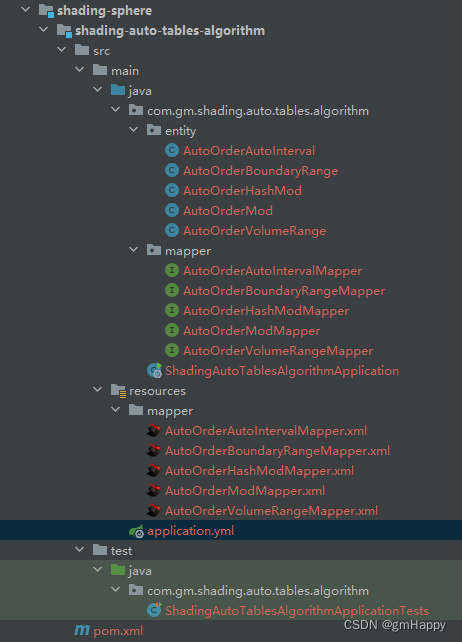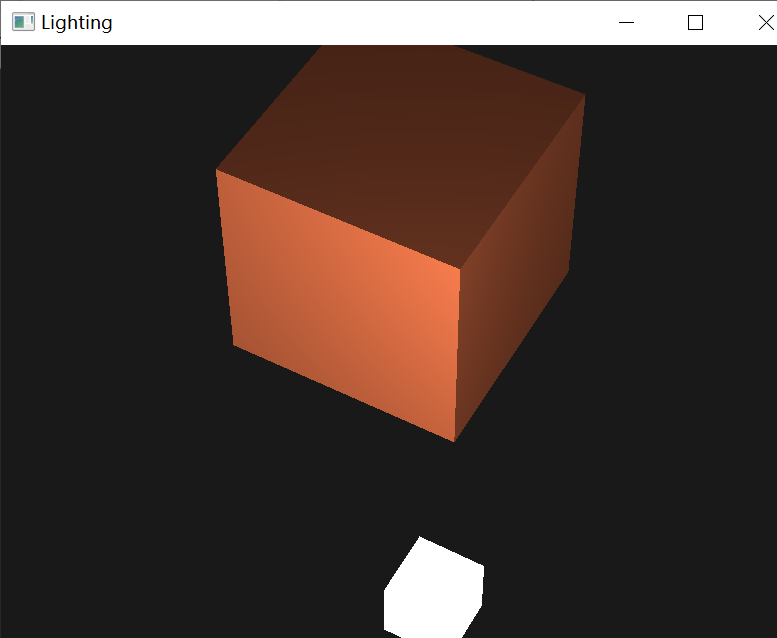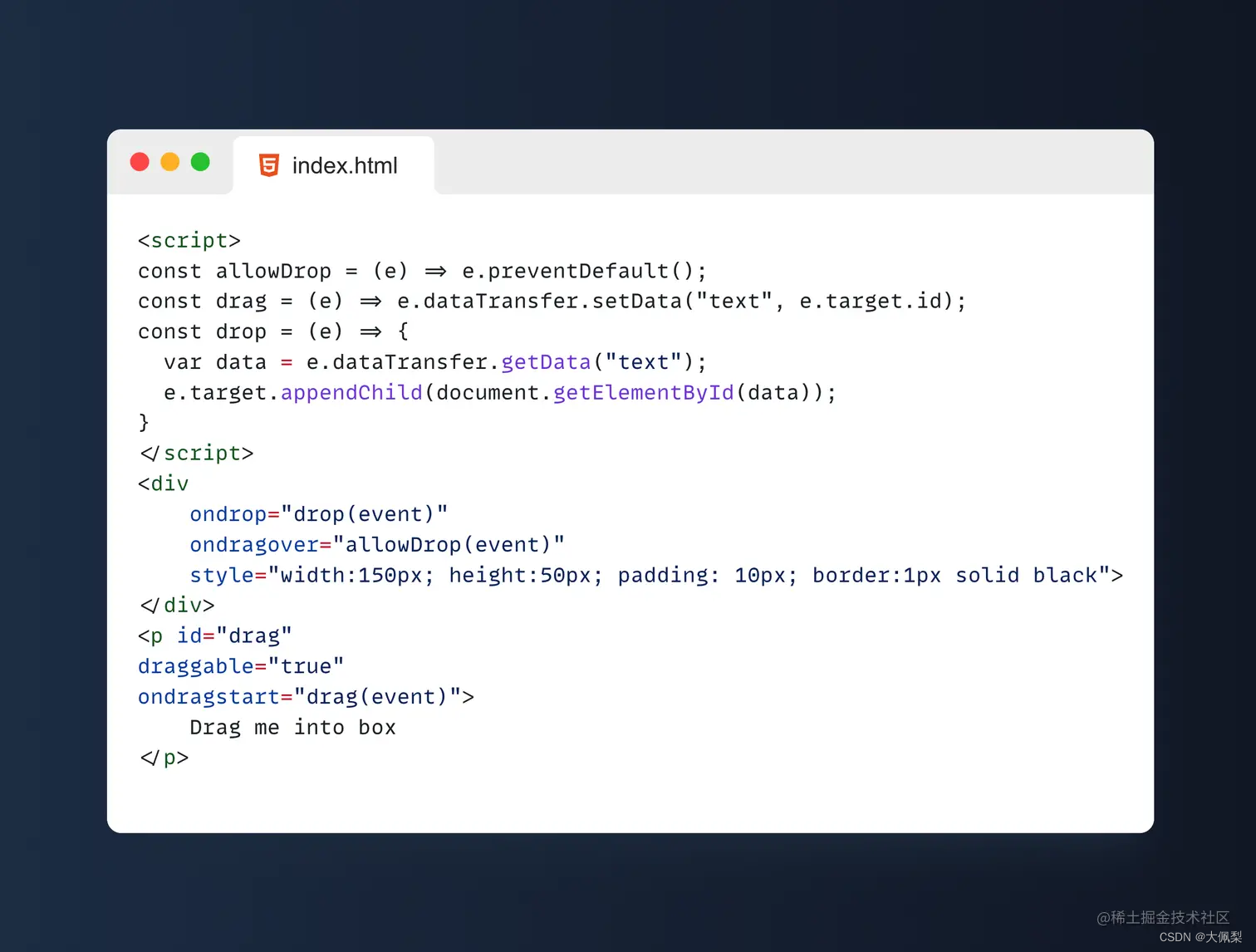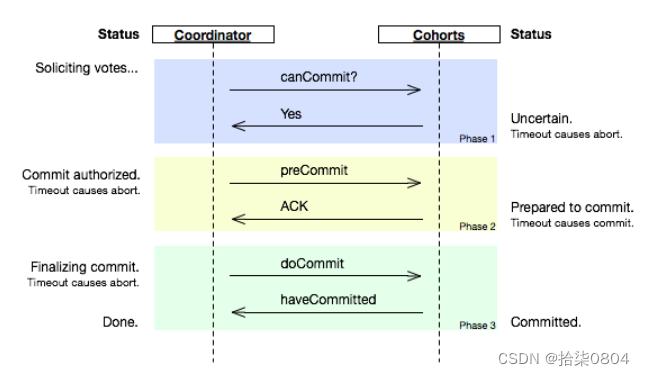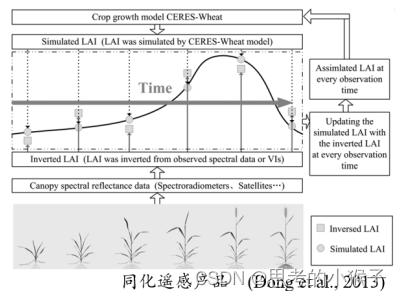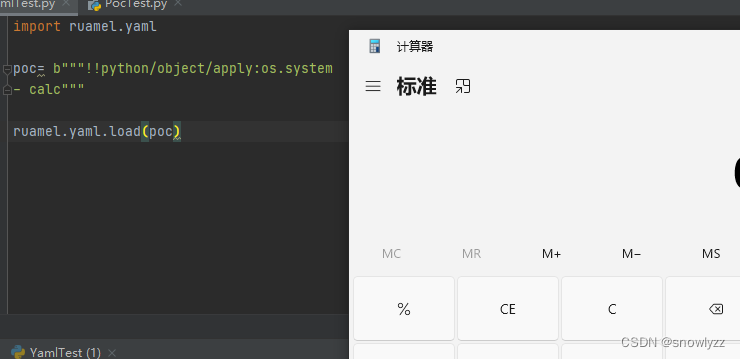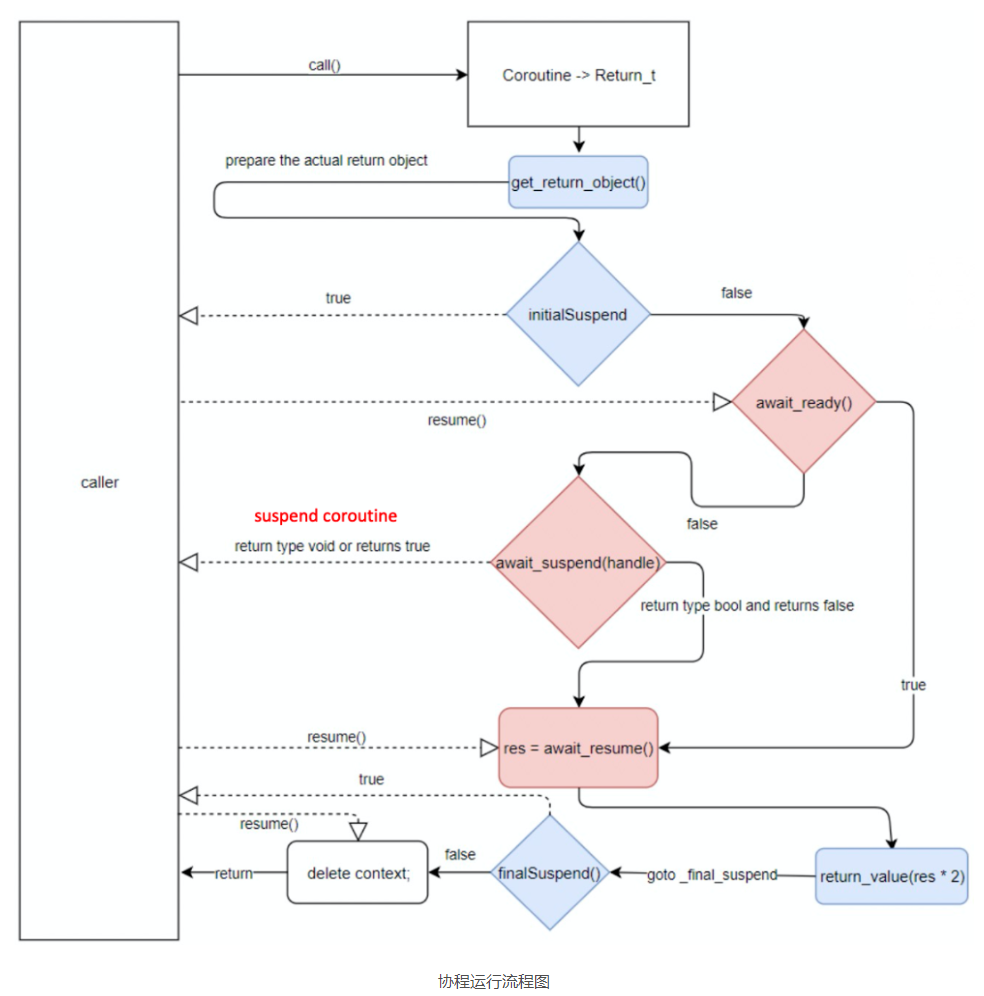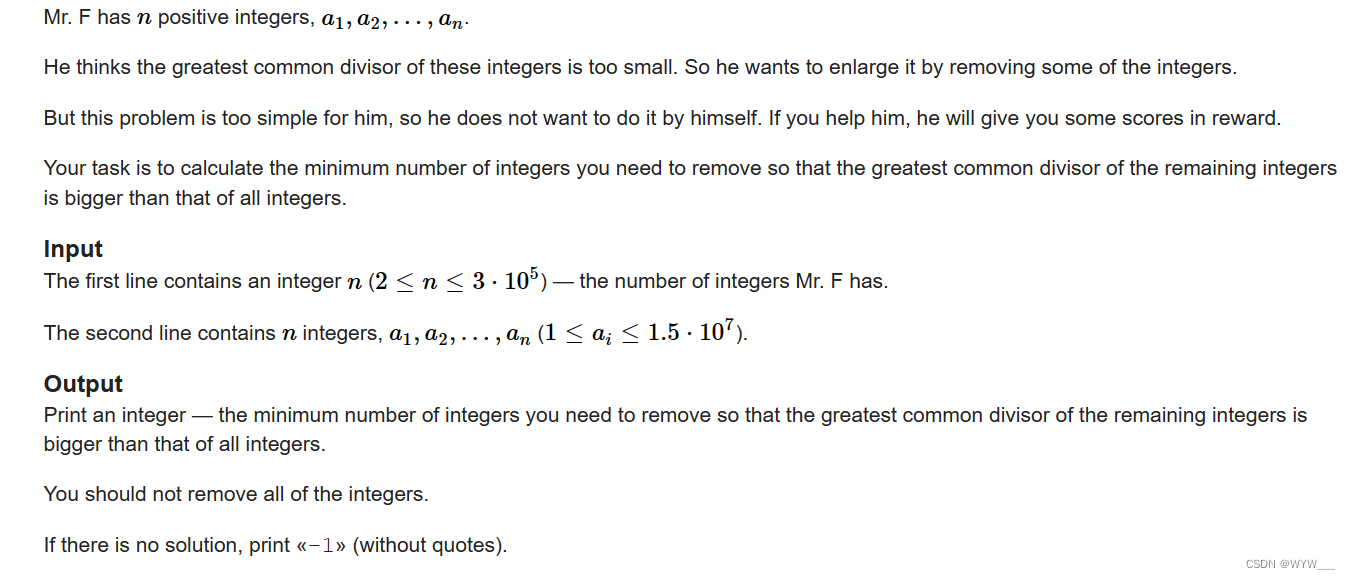目录
- 1 问题
- 2 想法
- 3 二分查找
- 4 实现
- 4-1 伪代码说明
- 4-2 C++11
1 问题
有函数
f
(
x
)
=
a
x
(
a
>
1
)
f(x)=a^x(a>1)
f(x)=ax(a>1) ,单调递增,现在给一个正整数
N
N
N,求使得
f
(
x
)
=
N
f(x)=N
f(x)=N的正整数解
x
x
x。

2 想法
- x = l o g a N x=log_a^N x=logaN 很干净利索,但这样得到的是一个浮点数,需要判断 x x x是不是正整数。注意:例子特殊,并不是所有的递增函数都有直接解。
- 从 0 , 1 , 2 , 3 … … 0,1,2,3…… 0,1,2,3……开始试验,如果 a i < N < a i + 1 a^{i}<N<a^{i+1} ai<N<ai+1 ,说明无解,如果 a i = N a^{i}=N ai=N,那么 i i i就是解。
- 考虑
单调性,从小到大去试验时,如果当前值i满足 a i > N a^{i}>N ai>N,后面一定都大于 N N N,说明无解。 - 考虑
边界值,注意到 x x x 的值最小0,最大不超过N,即 x ∈ [ 0 , 1 , 2... , N ] x\in [0,1,2...,N] x∈[0,1,2...,N],逻辑等价于数组下标,可以使用二分查找。
3 二分查找
最常见的,一个严格单调递增有序数列,查找是否存在某一个值。可以先找中间,每次放弃一半,效率
O
(
l
g
N
)
O(lgN)
O(lgN) 。
有两个明显特征:
- 有明显边界且是有限个数。
- 满足单调性。
递归与迭代形式
function binary-search(x,A,l,r)
if l>r then
not found error
else
m = l+floor((r-l)/2) # (l+r)/2可能会溢出
if A[m] = x then
return m
if A[m] > x then
return binary-search(x,A,l,m-1)
else
return binary-search(x,A,m+1,r)
# 递归修改边界
function binary-search(x,A,l,r)
while(l<r)
m = l+floor((r-l)/2) # (l+r)/2可能会溢出
if A[m] = x then
return m
if A[m] > x then
r=m-1
else
l=m+1
return NIL
4 实现
注意,为了一般化单调递增函数或者数列,我们把 f ( x ) f(x) f(x)作为参数传入。
4-1 伪代码说明
function bisearch(f,N,l,r):
if l<r then
error
else
m = l+floor((r-l)/2)
y = f(m)
if y == N then
return m
if f(m) > N then
return bisearch(f,N,l,m-1)
else
return bisearch(f,N,m+1,r)
4-2 C++11
#include <iostream>
#include <vector>
#include <functional>//function 模板
#include <cmath> //floor()
using namespace std;
#define see(x) cout << x << endl
#define see2(x, y) cout << (x) <<"\t"<< (y) << endl
class Solution
{
using T=size_t;
using incFunc=function<size_t(size_t)>;
public:
static T expA(T x){
T ans=1;
T a=5;
while(x--){
ans*=a;
}
return ans;
}
T biSearch(incFunc f,T N,T l,T r){
if(l>r){
cerr<<"error"<<endl;
return 0;
}else{
T m=l+floor((r-l)/2);
T fm=f(m);
if(fm==N) return m;
if(fm > N) return biSearch(f,N,l,m-1);
else return biSearch(f,N,m+1,r);
}
}
void test()
{
T ans=biSearch(expA,125,0,125);
if(ans==3){
see("accept!!!");
}else{
see("error....");
}
}
};
int main()
{
Solution sol;
sol.test();
return 0;
}
